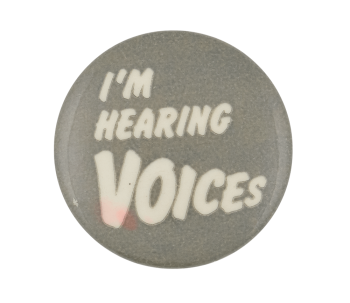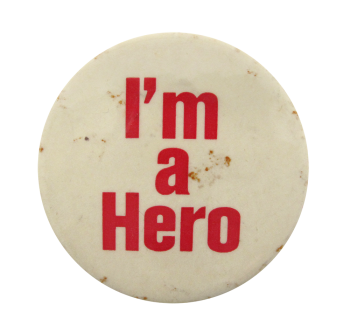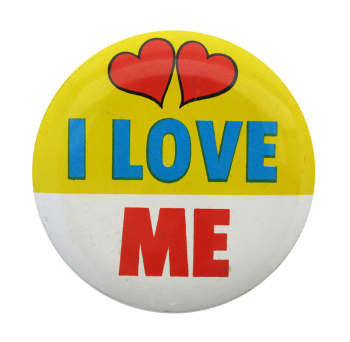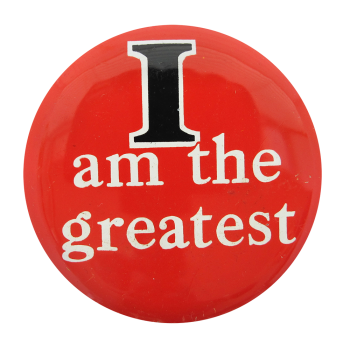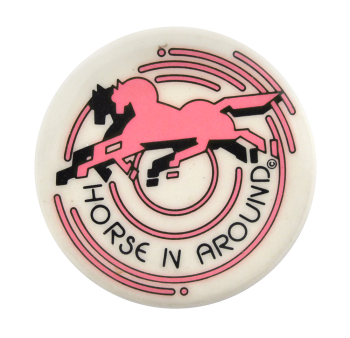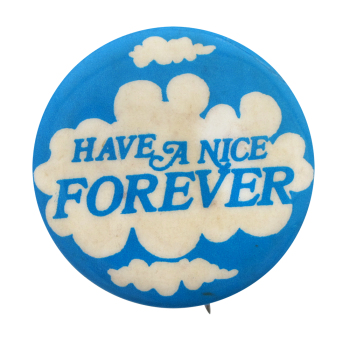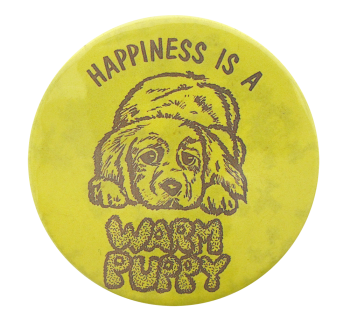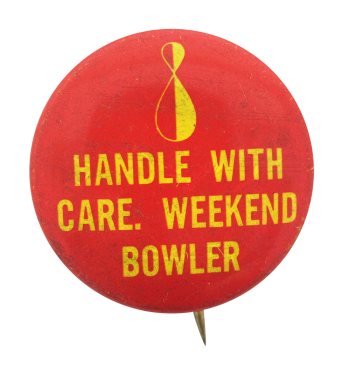I'm Particular
| Category | |
|---|---|
| Additional Images | |
| Sub Categories | |
| Text on Button | I'M PARTICULAR |
| Image Description | White text over red background. |
| Back Style | |
| The Shape | |
| The Size | |
| Year / Decade Made | |
| Additional Information | Named after a well-known street in London, Pall Mall is an American brand of cigarettes founded in 1899. It was first marketed to upper-class consumers as a high-end product and later reached its peak in the 1960s when it became the number one cigarette brand in the United States. In 1965, Pall Mall launched its “I’m Particular” campaign that involved distributing red and white buttons with the memorable slogan. Ads were also printed in magazines that read, “If you, too, are particular about taste, you don’t have to wear a button to prove it! Simply smoke Pall Mall.” Pall Mall cigarettes were author Kurt Vonnegut’s favorite to smoke. He took such a liking to them that he often included the brand in many of his novels. Vonnegut was even quoted to have said that Pall Mall was “a classy way to commit suicide.” They also made an appearance in Stephen King’s 1989 novel The Dark Half. |
| Sources |
Barber, L. (2006, February 5). I smoke, therefore I am. The Guardian. https://www.theguardian.com/film/2006/feb/05/features.review2 Vintage Adventures. (n.d.). 1965 Pall Mall cigarettes ad "I'm Particular". https://www.vintage-adventures.com/vintage-tobacco-ads/3581-1965-pall-m… Wootten, H. M. (1960, December 23). Cigarettes up 4.8% in 1960: Pall Mall no. 1 for first time. Printers' Ink. https://www.industrydocuments.ucsf.edu/tobacco/docs/#id=ffcc0137 |
| Catalog ID | IB0484 |



